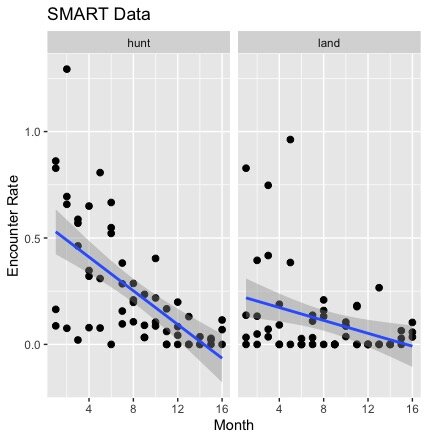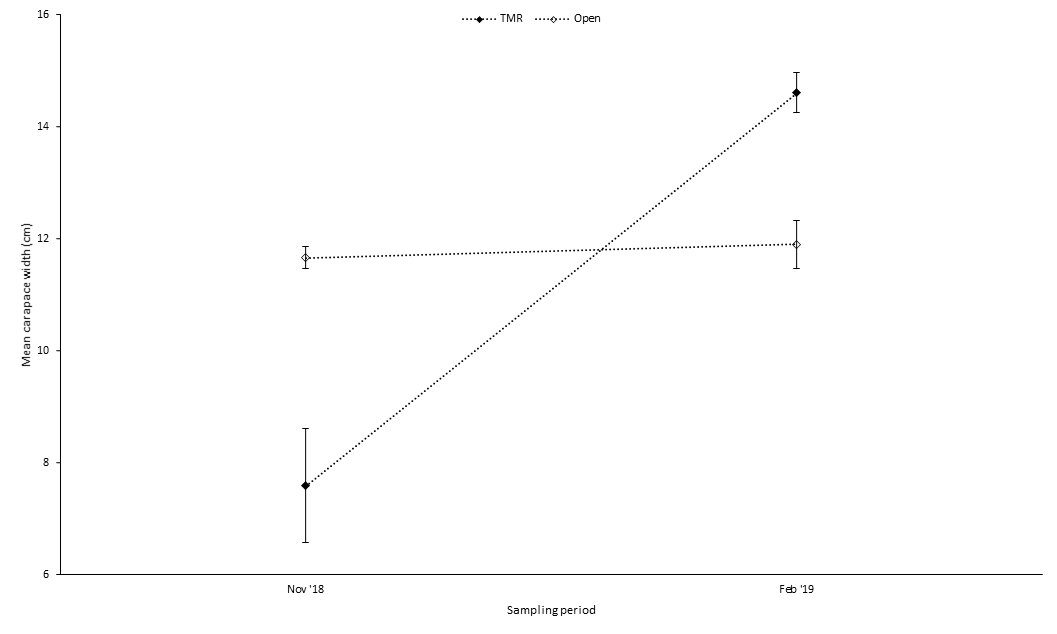2019 Rundown for Planet Indonesia
We worked side-by-side with local community partners to ensure this year was more fruitful than ever!
How do you feel about the December air? For us it’s an important time for reflection. Before we show you what’s planned for 2020, we’re inviting you to take a look back on our 2019 which has been a massive year for expansion, evolution and consolidation.
This year, our programs have expanded to protect 45,000 hectares more forests, we’re working with 3000 households and 15000 individuals, over 30 hectares of degraded land replanted, helped communities. Below we elaborate on how we get to those numbers and end with a fire round of progress.
Expanding our Terrestrial Reach
Earlier this year our programs doubled in reach in terrestrial sites, and began working with three new villages, 250 new households and 1,500+ new Conservation Cooperative members.
Detections of hunting (left) and land violations (e.g. illegal logging, farming, encroachment) in the Gunung Niut Nature Reserve over the past 16 months. The graphs say it all! Our community-led approach is reducing forest loss, saving wildlife, and improving socio-economic conditions.
We had been in negotiation with villages Parek, Bentiang and Tengon to form a partnership for the past 2 years and in August this year our teams finally entered to begin the baseline process.
The three villages regularly use over 45,000 Ha of endangered Bornean Rainforest which are now placed under the protection of our community-led programs.
This also means thats in the final months of 2019 our village-led partnership helped provide resources and services in health, business and literacy to over 1,500 new individuals signed onto our Conservation Cooperatives in this area.
We also saw exciting drops in the frequency of hunting and land violations (e.g. illegal farming, logging, and encroachment) in our terrestrial site. We analyzed the past two years of smart patrol data and the results say it all!
Expanding our Coastal Reach
In the past 6 months we’ve enlisted four new villages into our Temporary Fishing Closures programs. We’re currently in the process of assessing the results of the closures impact on the villages but the feedback we’ve gotten has been highly enthusiastic.
That means, our coastal program now protects over 7,000 Ha of carbon-rich mangrove forests, over 550 households and ~2,750 individuals in total. Our community-led approach is restoring coastal fisheries, enhancing livelihood security, and improving human health and literacy levels through our village-led partnerships.
Our partner Oceanwise went out and measured crabs before and after our temporary mangrove reserves program and found that crabs in TMR vs areas Open (e.g. not closed) significantly improved in size. Check out the graphic, the data says it all!
Our partner Oceanwise went out and measured crabs before and after our temporary mangrove reserves program and found that crabs in TMR vs areas Open (e.g. not closed) significantly improved in size. Check out the graphic, the data says it all!
We’ve also been in discussions with BlueVentures and Blue Forest to expand our programs to Batu Ampar - another mangrove rich district to the south of our current project site.
Field visits and assessments in 2019 have revealed an overwhelming positive response from local communities requesting fisheries management, mangrove protection, health services, and cooperative development in 2020. We are excited that our positive impact in 2019 will become a launching pad for further expansion in 2020!
Strengthening our Sustainable Agriculture Program
Having a strong monitoring and evaluation system means we can constantly evolve to meet new challenges. That’s what we did this year to our Agriculture Program which enrols around 600 farmers every year.
Agato shows a local farmer the optimal age to plant chilli plants during sustainable farming course
Our upgraded program features an intensive sustainable farming course which takes roughly 6 months to complete and features four levels. As farmers graduate from one level to the next they receive important rewards and incentives. This innovative approach builds the pathway to climate smart sustainable agriculture for small stakeholder farmers.
Upon completion of the entire course, farmers are equipped with the techniques and equipment necessary to maintain a sustainable farming system.
This is targeting the root cause of land erosion and low-crop yields that lead to forest burning agriculture and we have plans to expand the program to accommodate more farmers and new agriculture systems.
Meaningful dot-points of change
Our Agroforestry Coordinator Oka with thousands of seedling babies collected and planted in coordination with local communities.
Sopian sitting on the first ever research center in the nature reserve.
Discussing and sharing knowledge with Aceh Birding
Adam presenting at Future for Nature Alumn workshop
Over 53,000 agroforestry trees planted. Our tree planting program is unique in that local communities are directly involved and are encouraged to continue planting trees independently. The trees are also non-timber and provide produce such as Durian, Mango, Dogfruit and others for local communities use. Importantly, we also focus on local nitrogen fixating species that improve soil quality and crop yields. In January we’ll be planting a 6,500 more. We helped the village of Umbo establish a stingless honey business initiative as a sustainable livelihood alternative. Currently, there is one honey producing hive and 13 others that are awaiting hive transplants. You can experience how it was set up here.
We built the first ever research field center in the Gunung Nuit Nature Reserve and our first office in Kubu Raya, Sungai Nibung. Remember when we were only talking about it but now you can marvel at what a fantastic job our Engineering and Architecture consultant Sopian has done.
We’ve begun the process of establishing our Songbird Rescue and Rehabilitation Center (P2B2). To get a glimpse at its tangibility and taste of excitement, check out this video here.
We worked with new organisations such as BlueForests, Aceh Birding and Forkani to expand our reach and influence across waters, while strengthening our partnerships with old friends BlueVentures and OceanWise. We are excited to be building a network of organizations that value community-led approaches to conservation.
We’ve attended many workshops and represented Planet Indonesia at numerous conferences. We were represented at the Society for Conservation Biology (SCB) International Congress in Malaysia, a Future for Nature alumni workshop, Results in Health Conference, and The 2019 ICT4Fisheries Conference. Sharing lessons learned, challenges, and program success is an important part of our strategic plan to build a global movement for community-led conservation approaches.








